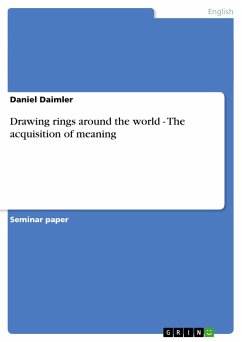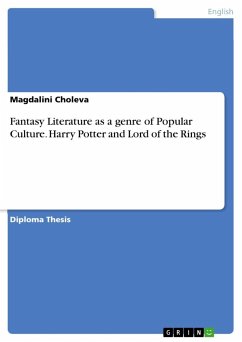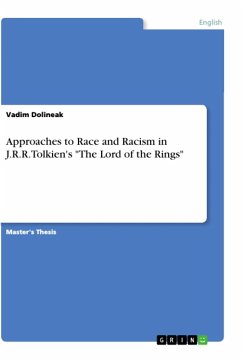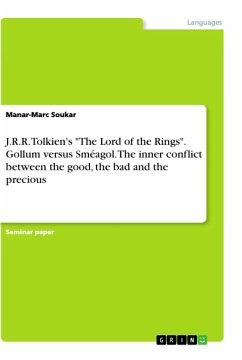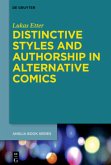Seminar paper from the year 2003 in the subject English Language and Literature Studies - Linguistics, grade: 1,0 (A), University of Marburg (Institute for English Language Science), course: SE Psycholinguistics, language: English, abstract: This is the implication of the anthropic principle: a universe, that allows human existence can only be observed and conceptualised - linguistically structured, for our purpose - by human beings due to the constraints set by the internal structure of the universe. This is, any theory about the world and about the phenomena it consists of has to take into account that the available data possibly reflects only a sample of the topic to be theorised. Absolute objectivity is a myth. Theories should be regarded as points of view, in its very sense.The fictional GOLEM XIV, artificial anthropologist at the MIT of the year 2029, encounters the problem from an opposite perspective: he knows well about man and the thematic role, man holds in universe. But he is not able to communicate about his knowledge without cutting down on his actual message because natural language does not provide the concepts required.From this point of view, the study of semantic acquisition becomes a methodological one. When communicating linguistically about the world we live in and act on, how do we know that our words - those Saussurian signs with a concept on one side and an arbitrary form on another - actually cover the intended objects and ideas in their entirety? At least, the question is worth to be asked.Bloom (2001) extends the question to at least two specifications. First, when discussing Williard Quine´s gavagai problem (describing the get-together of a linguist, a native speaker of some unexplored language, and a rabbit, at whose turn up the native utters the word gavagai), Bloom concludes that "there is an infinity of logically possible meanings for gavagai." (Bloom 2001:3). The utterance could refer to any component of this situation, the properties of the rabbit itself, such as its biological categorisation, its colour, texture, or acoustic appearance. Gavagai could even refer to the very spatio-temporal characteristics of the moment itself, to "time slices of rabbits", as Bloom puts it.

